Have you ever come across stories about the possibility of getting an STD from using a public restroom seat? This topic aims to address and clarify any misconceptions surrounding STDs to uncover the truth at hand. We will delve into the myths associated with STDs, shed light on the realities behind them, and seek insights from healthcare professionals to verify whether it is truly feasible to acquire an STD from a toilet seat.

What Are STDs?
Sexually transmitted diseases (STDs) are diseases that mainly spread through activities like vaginal intercourse or oral and anal sex acts. They can be the result of bacteria, viruses, or parasites, and known ones comprise chlamydia, gonorrhea, syphilis, and HIV. STDs can impact people who engage in these activities, and some may not manifest any symptoms, hence why routine testing is vital for both prevention and treatment.
People often wonder if you can get an STD from a toilet seat and whether it's possible to contract an STD from a toilet seat. The truth is that the chances are very slim because most STD-causing organisms don't last outside the body and are unlikely to survive enough to be transmitted via surfaces like toilet seats. It's important to educate ourselves about how STDs are spread in order to dispel misconceptions and raise awareness about sexual health more effectively.
The data shows that it's essential to take steps to stop diseases from spreading, not only for our health but also for the well-being of the community at large. It's important to grasp this knowledge to shield ourselves from transmitted diseases and uphold a healthy way of life.
The Pathways of Infection: STD Transmission
It's important to know about sexually transmitted diseases (STDs), especially when it comes to the question of whether you can get an STD from a toilet seat. Let's delve into how STDs are transmitted and talk about ways to prevent them.
Sexual Contact as the Primary Mode
STDs such as gonorrhea and syphilis are spread through contact in the community when individuals engage in unprotected activities with their partners, leading to a higher risk of contracting these infections according to the Centers for Disease Control and Prevention (CDC). Using condoms is strongly recommended by the CDC because it significantly reduces the likelihood of infection. However, it's worth noting that condoms do not offer complete protection against STDs. It's a good idea to get tested after engaging in activities with multiple partners to detect and treat any possible infections early on.
Blood Contact
Certain transmitted diseases can be transmitted through blood exposure. Viruses such as HIV, hepatitis B, and C are frequently spread through blood contact situations like needle or syringe sharing, which pose a risk in this regard. Healthcare professionals may also face the risk of infection through such means. However, this is uncommon in practice. Blood transfusions in the United States undergo thorough testing procedures to minimize risks associated with the transmission of infections, though the likelihood of such incidents remains extremely rare.
Mother-to-Child
One significant method through which STDs are transmitted is from a mother to her child. This transmission can occur during pregnancy, childbirth, or breastfeeding. Diseases such as HIV, syphilis, and hepatitis B can be passed from the mother to the infant. This highlights the importance of screening and treatment in preventing transmission.
The Truth Behind Toilet Seat Transmission

When thinking about whether you can get an STD from a toilet seat, it is important to look at the facts. Research consistently indicates that the likelihood of pathogens surviving on toilet seats is minimal, making it highly unlikely for transmission to occur in this manner. However, despite this evidence, the misconception continues to exist due to confusion surrounding the survival of pathogens.
Pathogen Survival
People often worry about the possibility of STDs from toilet seats because they may not fully understand how germs survive in environments. Studies suggest that most STD germs do not last long on surfaces such as toilet seats due to the conditions typically found in restrooms, which are not conducive for their survival. This makes it less likely for someone to get an infection through this route. However, the myth about getting an STD from a toilet seat still persists in some people's minds.
Contact Requirements for Transmission
To contract an STD, one must come into contact with fluids directly—such as those found in the genital area or around the mouth and eyes. The likelihood of getting an STD from a toilet seat is minimal since bacteria and viruses do not survive for long periods on surfaces.
| STD Type | Survival Outside the Body | Typical Mode of Transmission |
|---|---|---|
| Chlamydia | Several minutes | Sexual contact |
| Gonorrhea | Up to a few hours | Direct mucous membrane contact |
| HIV/AIDS | Minutes | Blood, sexual fluids |
| Hepatitis B | Up to 7 days | Blood, sexual contact |
| Syphilis | Few hours to days | Direct contact with a syphilis sore |
Understanding the mechanisms of STDs allows us to comprehend the actual risks present in public settings more clearly and effectively assess potential dangers they pose to us as individuals. Based on evidence and research findings, it seems unlikely that such transmission occurs through this mode of exposure.
Hygiene Etiquette in Shared Spaces
Maintaining cleanliness in areas such as bathrooms is crucial for maintaining good health for all people involved. Let's discuss practices for ensuring the cleanliness of bathrooms. These practices are frequently overlooked yet play a role in promoting hygiene and safety. While the notion of "can you get an STD from a toilet seat" is commonly misunderstood as a myth, it remains imperative to uphold hygiene practices nonetheless.
Wipe After Use
Cleaning the toilet seat post-use is an impactful method to maintain restroom hygiene standards effectively. It isn't only for personal benefit but also for the consideration of others utilizing the facility later on. A sanitized seat plays a role in preventing germ transmission and contributes to the overall health and well-being for all people involved.
Dispose of Waste Properly
Proper waste disposal is crucial to maintaining a clean and functional restroom environment. Always remember to dispose of all trash in the designated bins and only flush toilet paper to uphold cleanliness standards and ensure everything runs efficiently.
Report Issues
If you see any problems like dirtiness and broken items nearby, you should tell someone about it to help keep things safe in our environment. It is important in making sure that bathrooms stay neat and welcoming for everyone who uses them. By adhering to these suggestions, you can help uphold the cleanliness of bathrooms.
Cleaners for Cleaning a Toilet Seat
Selecting the cleaning products for your toilet seat is vital to upholding cleanliness standards in your bathroom setting. It's important to note that the concern about "can you get an STD from a toilet seat" is largely a misconception. Using disinfectant wipes and hydrogen peroxide regularly helps maintain general hygiene and promotes a sense of well-being in your environment.
Dish Soap and Water
Mixing soap with water is a method for cleaning toilet seats because it effectively removes everyday dirt and grime, thereby aiding in preventing the spread of infections.
Vinegar and Water Solution
A mixture of vinegar and water serves as a disinfectant that effectively eliminates bacteria and viruses on smooth surfaces, such as toilet seats.
Disinfectant Wipes
Using disinfectant wipes is convenient for clean-ups. They effectively eliminate germs that can cause infections in public restrooms.
Hydrogen Peroxide
Hydrogen peroxide works as an oxidizing agent that can efficiently remove bacteria and viruses from toilet seats by cleaning the area to make sure it's clear of germs and microbes. Using cleaning methods and products is important in keeping bathrooms clean to support well-being and safety.
Things to Avoid
Ensuring hygiene and preventing STDs from toilet seats effectively requires considering what we use and how we clean them carefully in order to reduce risks rather than increase them unknowingly. The common belief surrounding "can you get an STD from a toilet seat" must be debunked. However, maintaining sanitation practices remains crucial for health and well-being.
Harsh Abrasives
Toilet seats can get damaged by abrasives and become rough over time. This rough texture can trap bacteria and viruses. While the chances of contracting STDs from toilet seats are low, maintaining a seat is essential for cleanliness.
Bleach
Using bleach is effective; however, it can be harsh on surfaces and skin, potentially causing damage and irritation which might make it more challenging to maintain germ protection in the long run.
Overly Strong Chemicals
Using cleaners that are overly strong could harm the toilet seat and emit harmful fumes that can jeopardize our health and safety when it comes to keeping a hygienic bathroom environment, which is crucial for preventing the spread of infections.
Best Practices for Maintaining Toilet Seat Hygiene
Maintaining the cleanliness of toilet seats is crucial for ensuring health and safety standards are met in settings where the risks are heightened significantly. Concerns about whether you can get an STD from a toilet seat, although the likelihood is minimal, can be alleviated by adhering to hygiene habits that can reduce the risk further and contribute to a safer and more sanitary environment overall.
Regular Cleaning
Don't forget to sanitize the toilet seats to stop germs from spreading and maintain an environment in your home or workplace. Make sure to use disinfectants that are EPA-approved to eliminate bacteria and safeguard your well-being against health hazards.
Hand Hygiene
Remember to practice hand hygiene after using the restroom by thoroughly washing your hands with soap and water to prevent the spread of bacteria and viruses. Make sure that the soap dispensers are filled and functioning properly.
Use of Toilet Seat Covers
Using toilet seat covers can help prevent infections by acting as a barrier and keeping the seat clean. While it is also environmentally friendly by opting for options that are biodegradable.
Avoid Touching Surfaces
To prevent the spread of diseases, it's important to minimize touching surfaces in bathrooms by teaching people to only touch what they need to and using foot-operated trash bins and sensor faucets to reduce contact.
Implement these guidelines in any restroom facility, such as offices or schools, to significantly lower the chances of infections and enhance the cleanliness and safety of all users.
HOROW Toilets Enhance Your Health and Hygiene
HOROW is known for its contemporary bathroom solutions that combine creativity with sophistication and cleanliness in mind. Their line of products, including toilets that save space and have an elongated design, come equipped with cutting-edge features like systems and UV sterilization which focus on conserving water and ensuring a clean environment. These functions tackle issues relating to hygiene upkeep and debunk common misconceptions, such as "can you get an STD from a toilet seat".
Committed to excellence and sustainability in mind for the environment approach, HOROW offers lasting and visually appealing bathroom essentials that set new benchmarks in-home hygiene for various living styles.
If you are in search of a living environment, you might want to think about choosing a HOROW toilet. It's a choice that meets cleanliness standards and improves bathroom experiences for everyone.
HOROW T05

The HOROW T05 blends cleanliness effortlessly with its range of high-end features like a bidet seat and customizable spray settings in a tankless structure for a sleek appearance. With its cutting-edge UV sterilization system that keeps the nozzle spotless for optimal hygiene standards exceeding those of models. These upgrades cater to user worries regarding cleanliness and dispel misconceptions such as concerns about whether can you get an STD from a toilet seat by emphasizing top-notch sanitation standards.
Compared to models in the HOROW lineup, the T05 model prioritizes incorporating bidet features for comfort and improved hygiene all while staying true to the brand's reputation for efficiency and style.
HOROW T30

The HOROW T30 is a bidet toilet created for efficiency and cleanliness with an emphasis on simplicity and functionality rather than requiring electricity like the T05 model does. This makes it a simpler choice for those looking for a budget-friendly option. It includes a comfortable elongated seat design for enhanced comfort along with a reliable flushing system for top-notch performance and a bidet feature that offers a more sanitary option compared to using regular toilet paper.
When it comes to questions, like "Can you get an STD from a toilet seat?" HOROW T30 addresses this issue with its self-cleaning bidet nozzle feature. Providing a solution that ensures cleanliness after each use and lowers the potential for spreading bacteria while also enhancing hygiene practices in the bathroom setting restrooms can spark worries about toilet sanitation. However, a bidet integrated toilet such as the T30 can help decrease the risk of contamination and foster a health-conscious restroom environment. The T30 is an option for people looking to improve their bathroom cleanliness without dealing with the intricacies of bidets due to its non-electric design.
HOROW T37

The HOROW T37 is a high-tech bidet toilet that comes with functions to provide a lavish and clean bathroom experience. It's tailored for a 10-inch in and features a heated bidet seat along with adjustable water pressure and various washing modes to guarantee both comfort and hygiene. Additionally, its design and hands-free operation adds a layer of convenience and elegance to your bathroom space.
Talking about issues such as "Can you get an STD from a toilet seat?" the T37's self-cleaning nozzle and antibacterial components help minimize the chances of contamination to enhance hygiene standards in both public environments.
HOROW T38

The HOROW T38 is a top-notch toilet that features a bidet system with options such as adjustable water pressure and temperature for tailored hygiene preferences. Its stylish design includes a seat and a friendly flushing system that sets it apart from models available in the market.
The HOROW T38 places an emphasis on cleanliness by including self-cleaning nozzles and an antimicrobial surface that helps reduce the presence of bacteria and germs effectively. It makes it a choice for those who are conscious about hygiene issues such as the question "Can you get an STD from a toilet seat?" By having these features integrated into it, the T38 creates an hygienic environment that promotes peace of mind and enhances the comfort of the bathroom.
FAQ
1. Can you get an STD from a toilet seat?
It is highly improbable to contract an STD from a toilet seat because STDs require contact or fluid exchange for transmission to occur. Toilet seats do not provide the environment for the survival and transmission of STD viruses or bacteria to other people.
2. What should I avoid when cleaning a toilet seat?
Avoid using abrasives or harsh chemicals like bleach because they may harm the seat and lead to skin irritation. Opt for mild cleaners that are both effective in cleaning and gentle enough for the surface.
3. Can HOROW T05 reduce the risk of STD in restrooms?
No toilet can completely eliminate the risk of contracting STD because they are not transmitted through toilet seats. However, the design of HOROW T05 aims to maintain cleanliness in bathrooms and reduce the spread of germs in general.
4. Does the HOROW T38 offer protective features against STD transfer?
The HOROW T38 is designed to reduce the spread of germs even preventing the transmission of diseases like STD by using technology and materials that are easy to disinfect for a clean and hygienic restroom environment.

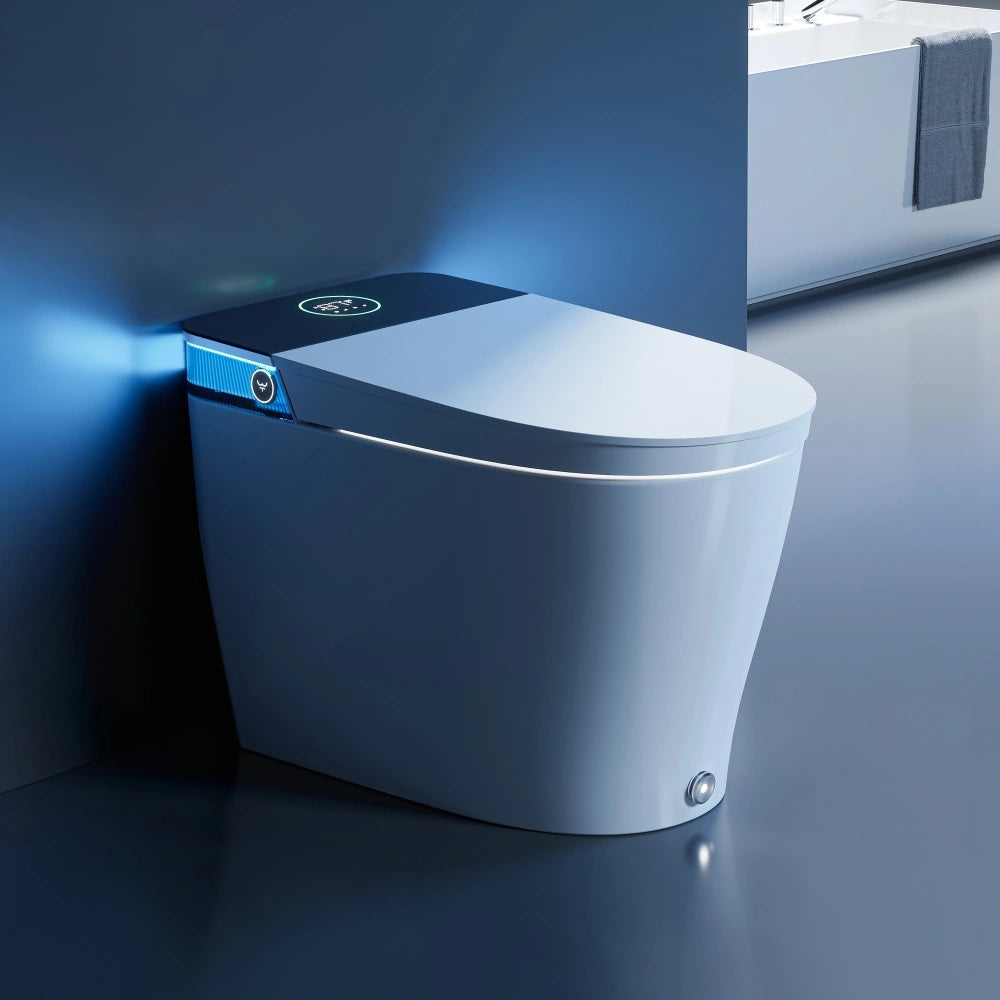
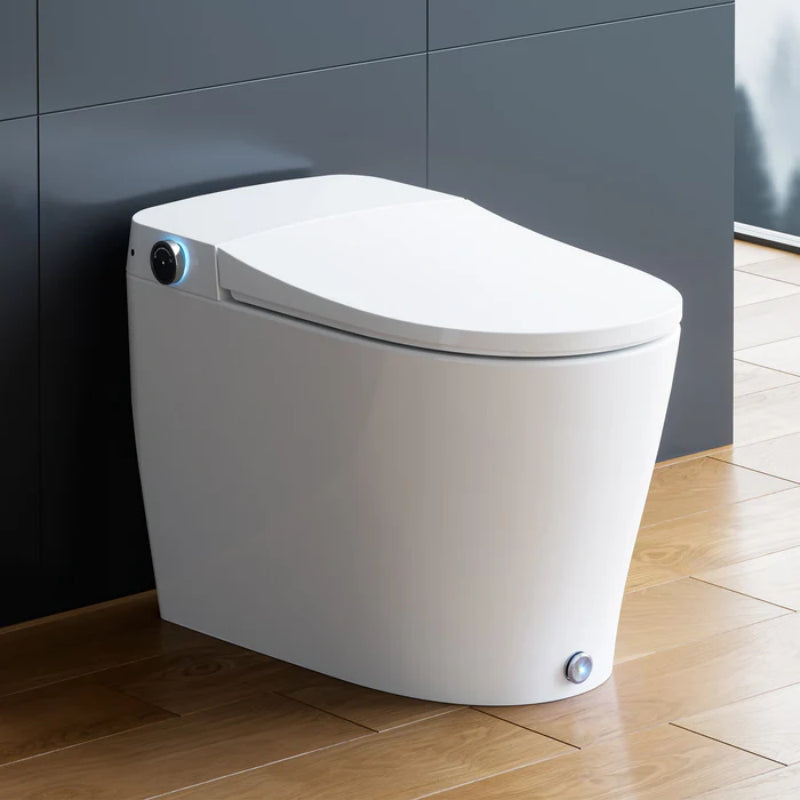
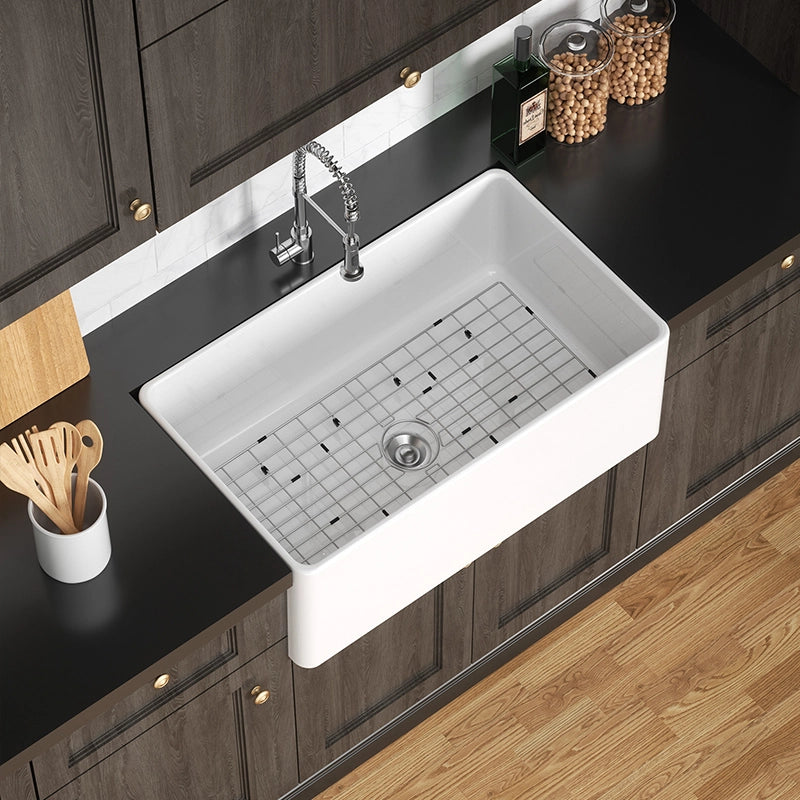
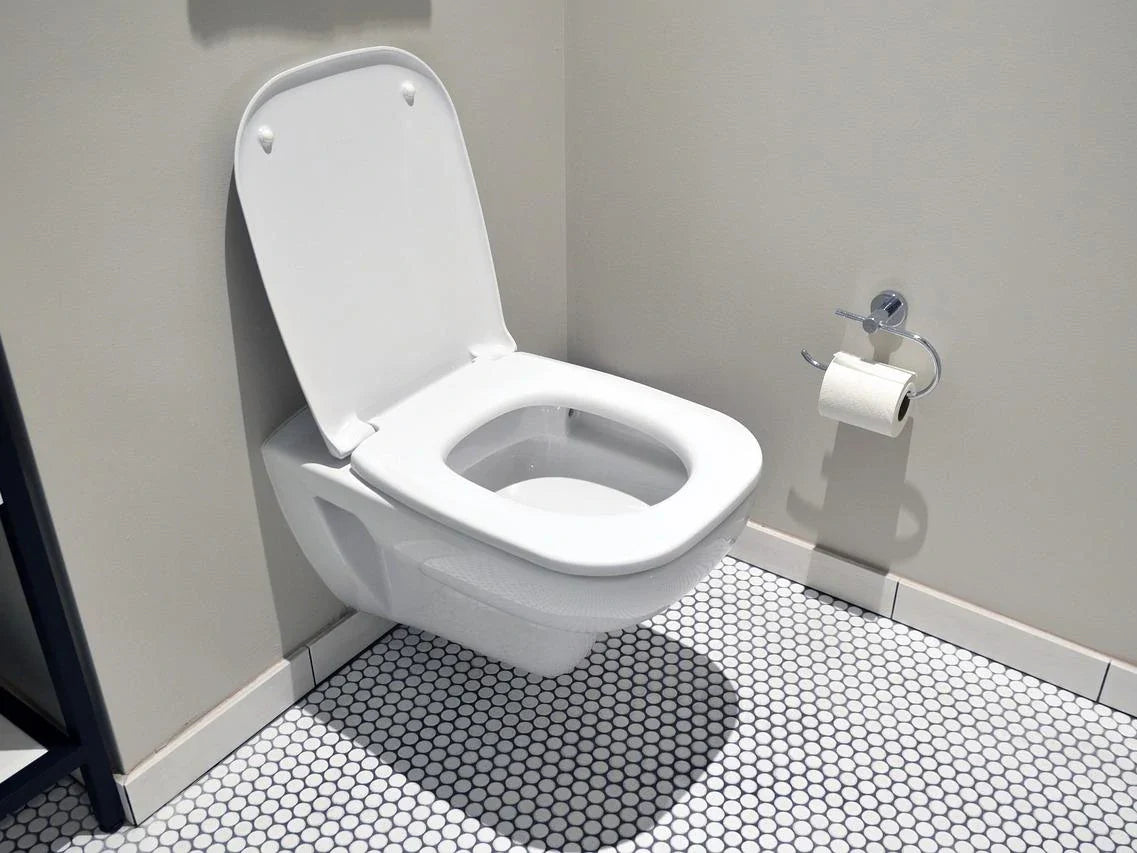
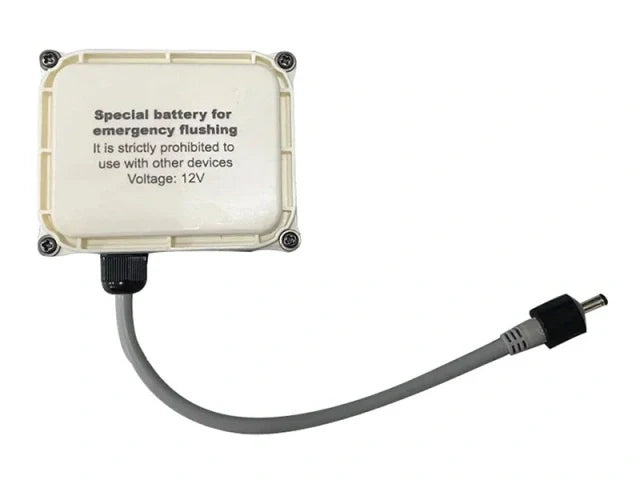
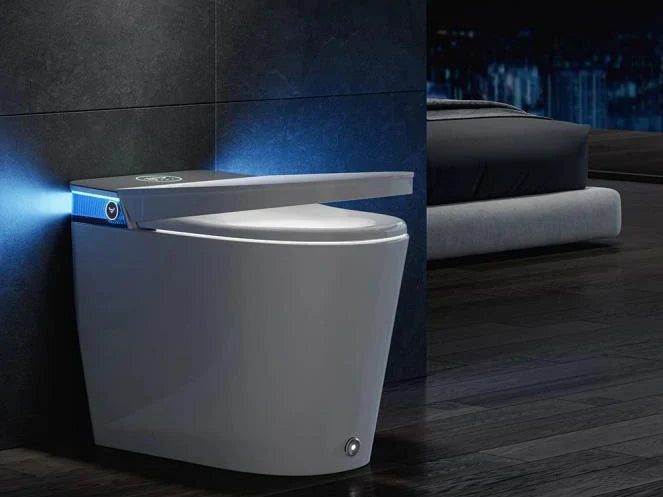

Leave a comment
This site is protected by hCaptcha and the hCaptcha Privacy Policy and Terms of Service apply.